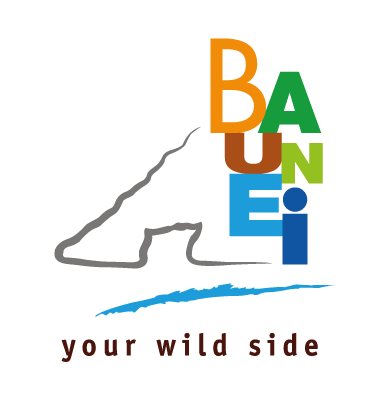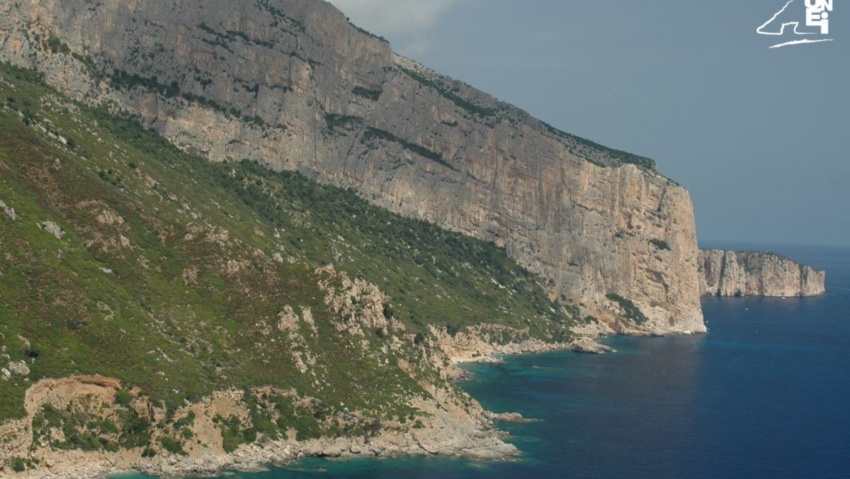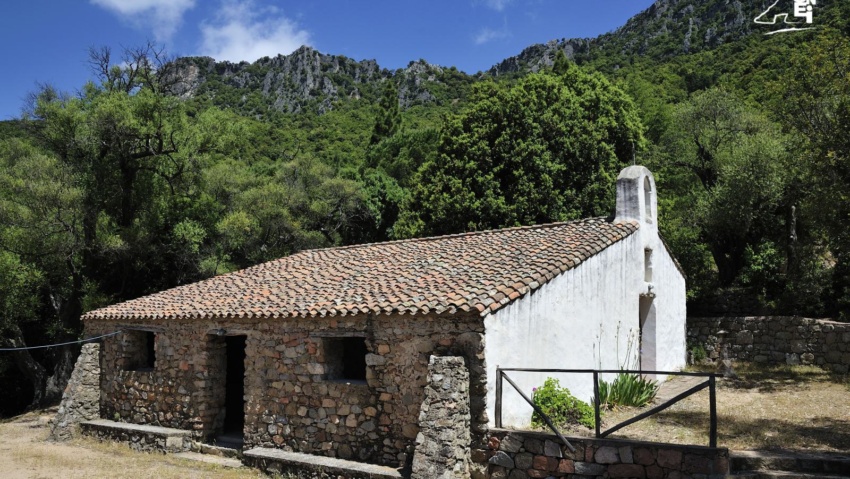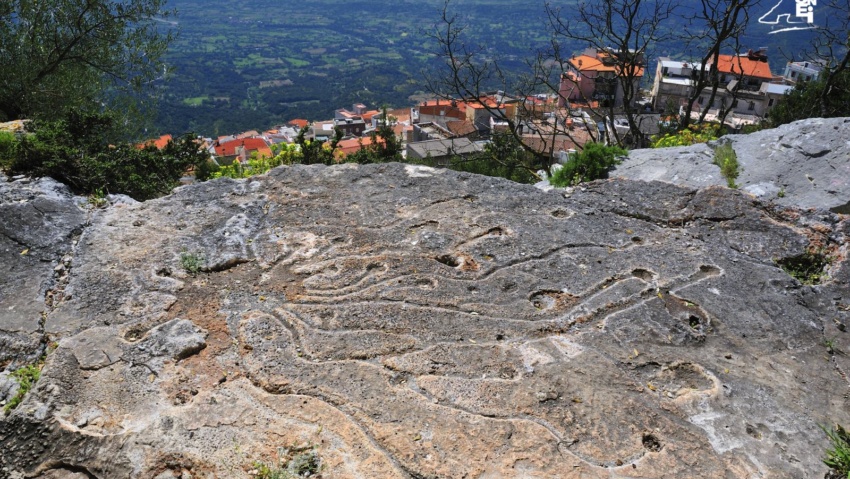Il sentiero per Cala Goloritzè
Proseguendo sulla sterrata che fiancheggia “As Piscinas”, si arriva alla località chiamata “Su Porteddu”, dove inizia il sentiero che porta a Cala Goloritzè, una delle calette più conosciute della costa orientale della Sardegna. Cala Goloritzè, famosa per l’arco di roccia che si getta in mare a pochi metri dalla spiaggia e per la guglia affusolata, “Punta Caroddi” (alta 148 m. sul livello del mare), è uno dei quattro “Monumenti Naturali” del territorio baunese (gli altri sono “Su Sterru”, gli Olivastri di S. Maria Navarrese e “Pedra Longa”).
Raggiungere la piccola spiaggia di Goloritzè partendo da “Su Porteddu” rappresenta un’esperienza molto coinvolgente. Ad inizio percorso si affronta un sentiero in salita (fino a toccare quota 490 metri) che però, dopo qualche minuto di cammino, si tramuta in una ripida discesa, che in un’ora conduce ad una spiaggia da sogno, dove la trasparenza dell’acqua e la maestosità delle guglie calcaree lasciano senza fiato. La risalita verso “Su Porteddu”, a causa del notevole dislivello, non è piacevole quanto la discesa, ma grazie all’ombra ristoratrice regalata da alcuni maestosi lecci nel punto più ripido del percorso, anche il rientro (due ore circa) può diventare una gradevole e salutare passeggiata.
Lungo tutto il percorso sono evidenti le tracce delle carrarecce costruite dai carbonai per trasportare il carbone sino al mare, dove veniva imbarcato sui mercantili. In un punto del sentiero si intravvede chiaramente la parte finale della carrareccia che da “Baccu ’e Linnalbu” (in sardo “linnalbu” = “frassino”) si inserisce nel “Baccu Goloritzè”.
Un toponimo all’interno del “Baccu Goloritzè” ci rivela indirettamente che all’epoca delle incursioni saracene questo canalone era una delle vie di penetrazione usate dai pirati per raggiungere l’entroterra. A circa mezz’ora di cammino dalla spiaggia, infatti, in un punto oggi facilmente superabile grazie ai resti della mulattiera realizzata dai carbonai, un tempo si trovava uno di quei passaggi attrezzati dai pastori con rami di ginepro (“scalones”), chiamato “Su scalone ’e su turcu”. Letteralmente significa “la scala del turco”, perché secondo la tradizione in quel punto un pastore uccise un saraceno (“unu turcu”).
Simili toponimi, che rievocano tragici combattimenti, non sono rari lungo la costa orientale. In territorio di Dorgali, ad esempio, esiste un toponimo, “S’elighe ’e su turcu”, a monte di Cala Gonone, che ricorda un maestoso leccio (“elighe”), abbattuto qualche decennio fa, a cui fu legato un saraceno catturato dai pastori dorgalesi.
CONTATTI
Via San Nicolò, 2 – 08040 BAUNEI (Sardinia, Italy)
infopoint@turismobaunei.eu
+39 349 5462583
